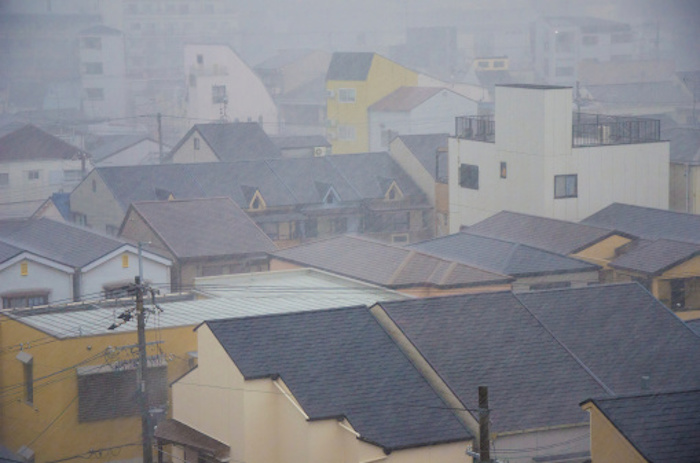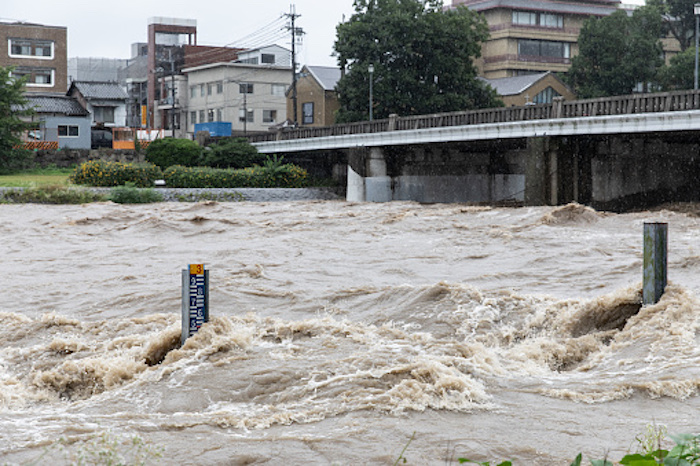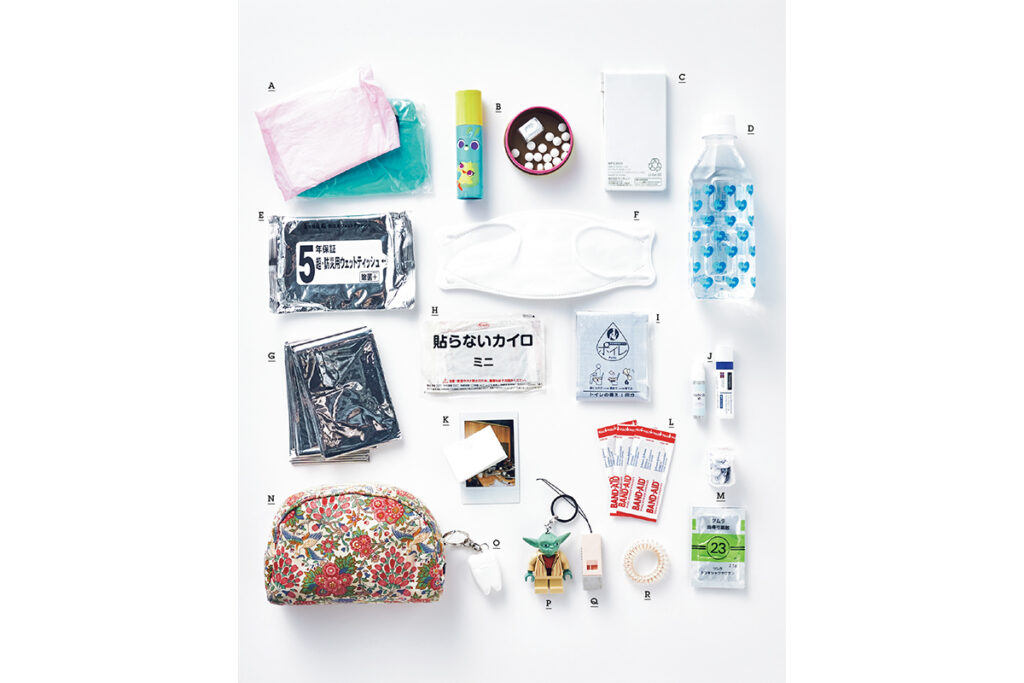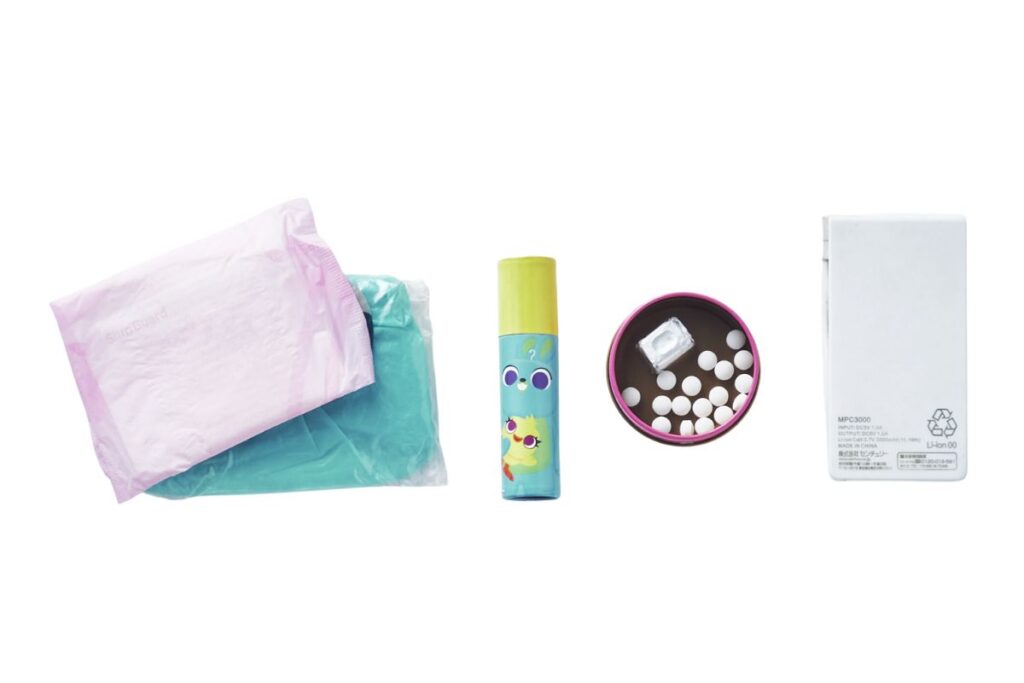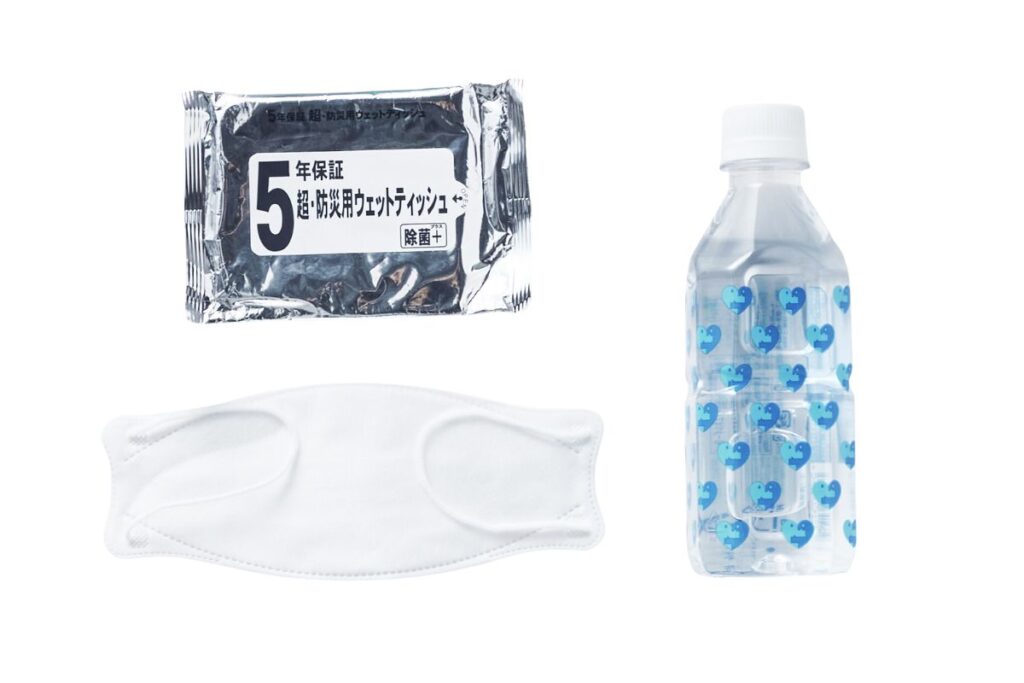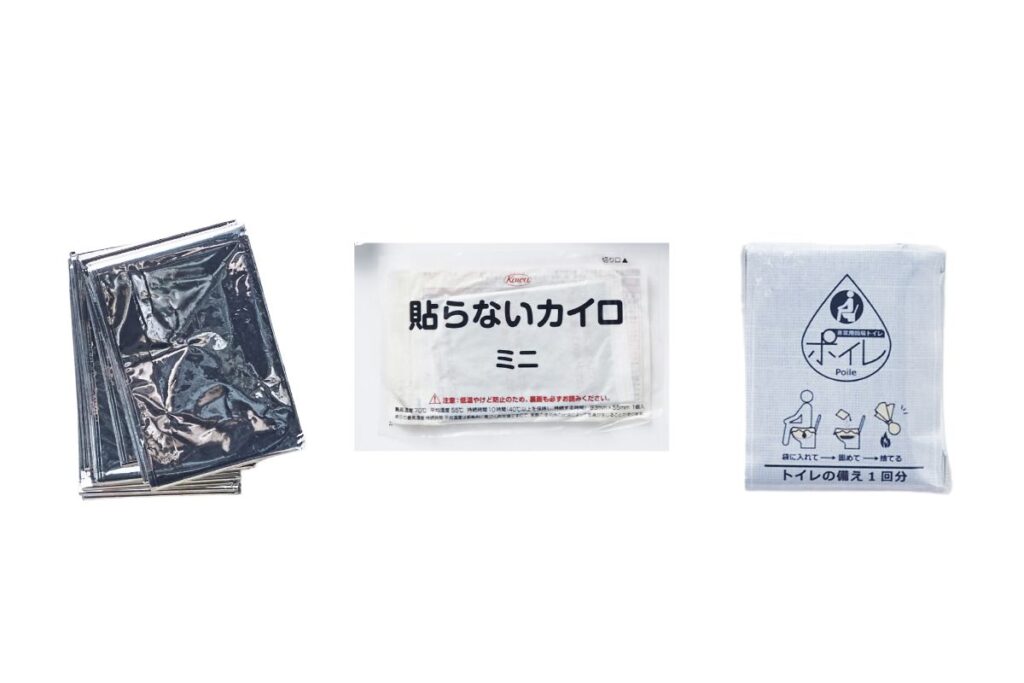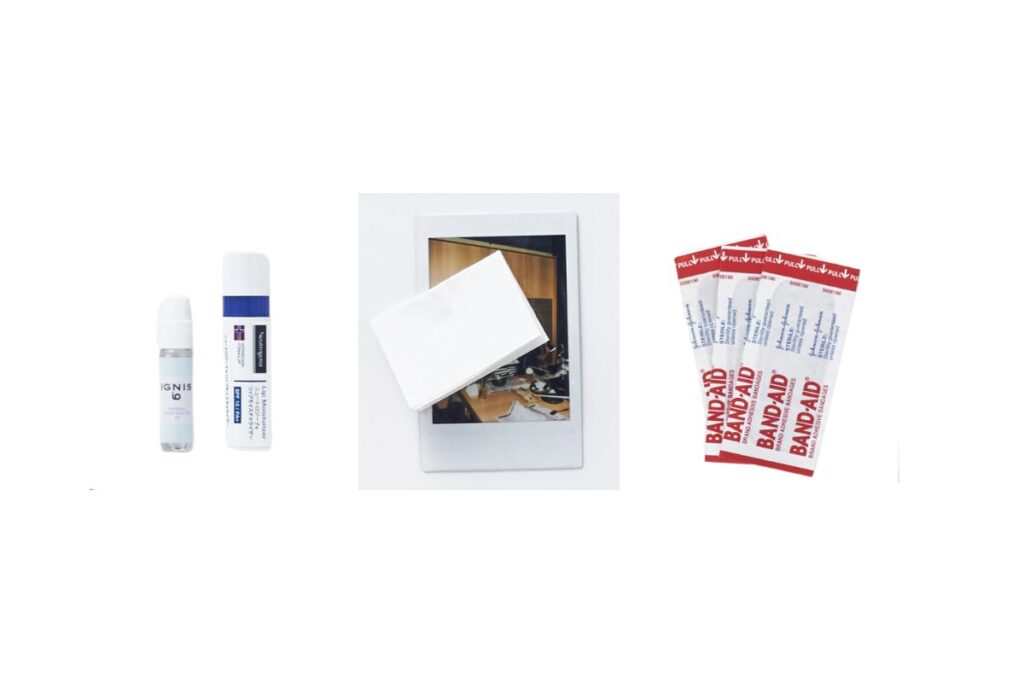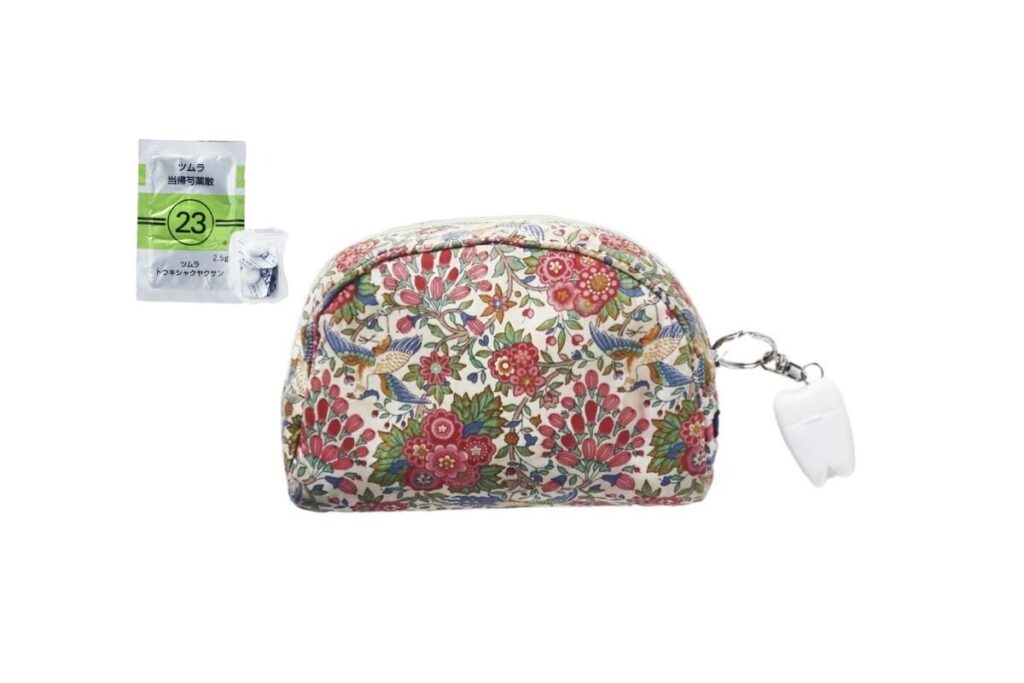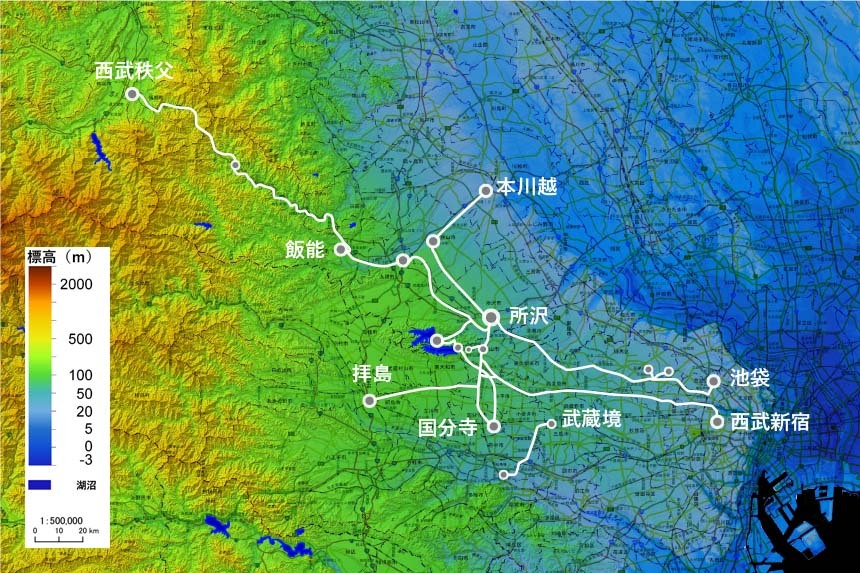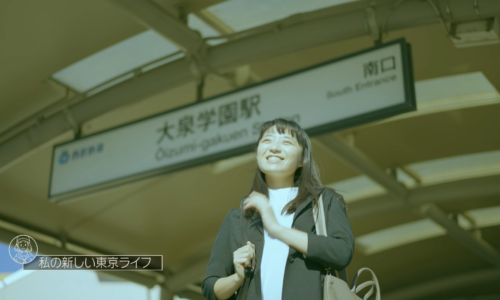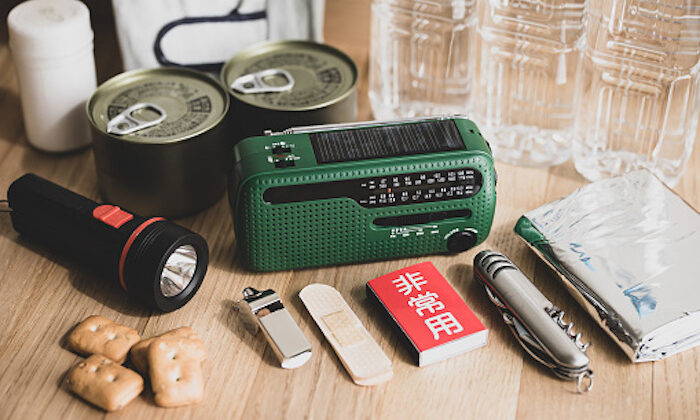
Stay Prepared: Seven Tips for Surviving Natural Disasters
〈Table of Contents〉
1. Learn about natural disasters that occur in Japan
2. What happens when a major disaster occurs?
3. Gathering correct information during a disaster
4. Important things to remember when evacuating
5. Prepare for disasters in advance
6. Contact points for expatriates to help you in a disaster
7. The disaster-ready Seibu Line area is a safe place to live
1. Learn about natural disasters that occur in Japan
Many natural disasters can occur in Japan, including typhoons and torrential rains that cause extensive damage yearly and earthquakes that can strike anywhere at any time. However, living in this country makes disasters unavoidable. It's important to understand and prepare for each type.
2. What happens when a major disaster occurs?
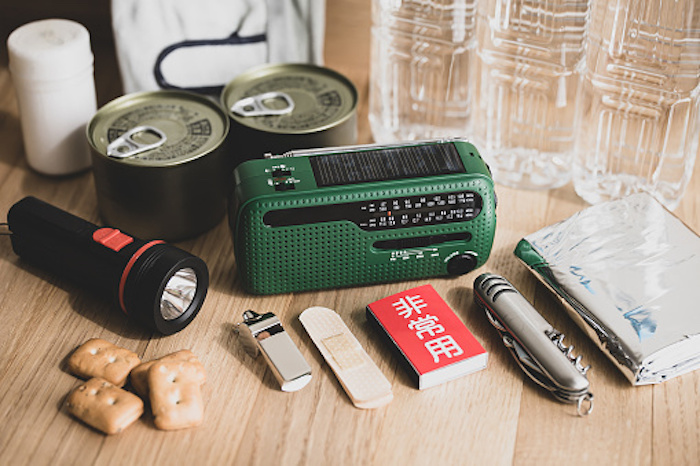
Disasters can disrupt essential services like power, water, and gas, as well as transportation and distribution, which can have a significant impact on daily life. There may be cases where power and water outages make accessing food and water difficult. In some seasons, life-threatening situations may arise from a lack of heating and air conditioning. Depending on the magnitude of the disaster, it might take some time to restore essential services. In such cases, if you face difficulties living at home, you can consider relocating to temporary shelters such as nearby schools or community centers. It would also be best to decide how to prepare in advance, gather information, and communicate with family members.
3. Gathering correct information during a disaster

Multilingual Information on Disaster Mitigation
Find out in advance where you can gather the information you need to assess disasters. As you may be unfamiliar with disasters, you may find it difficult to understand disaster terminology and other information when the time comes. The number of multilingual information websites and apps has increased in Japan in recent years. The JMA's Information on Disaster Mitigation, and "Safety tips", an app developed under the supervision of the Japan Tourism Agency, can be easily accessed from smartphones. Use these websites and apps daily to prepare for disasters.
Information on Disaster Mitigation
The Japan Meteorological Agency's website contains multilingual information on disaster prevention. It provides guidance on various types of disasters, including severe weather, earthquakes, tsunamis, volcanoes, and oceanic disasters. (https://www.jma.go.jp/jma/kokusai/multi.html)
Safety tips
The free app developed under the supervision of the Japan Tourism Agency sends notifications about disasters in Japan. It issues earthquake and tsunami alerts as well as evacuation information in 15 languages. (https://www.rcsc.co.jp/safety)
4. Important things to remember when evacuating
The timing of evacuation and the safety of the route to the emergency shelter will vary depending on the state of the disaster. Therefore, it is advisable to check the hazard maps published by local authorities to determine the level of danger around your home in the event of a disaster, as well as emergency shelters. It is also important to check not only your home and living area but also potential evacuation sites such as workplaces, parents' homes, friends' homes, etc. If you mark your address and check hazards such as floods, landslides, and tsunamis, you can see exactly where different evacuation sites are suitable for different types of disasters.
It is also important to discuss and decide on a meeting place with family and friends in advance. Using the Disaster Message Board web171 to post messages online and contacting your embassy for advice are also effective.
Disaster Message Board web171
The message board allows users to post and confirm safety and other information in text form online. When a disaster occurs, residents affected by the disaster, including those in emergency shelters, can use their telephone number as a key to post text messages on the Disaster Message Board (web171) via the internet. (https://www.web171.jp/web171app/topRedirect/)
5. Prepare for disasters in advance

It is important to have at least three days' worth of supplies, especially a week's worth of food and drinking water, in case distribution is interrupted to ensure safety. Stock up on foods you are accustomed to eating and drinks you like in addition to mineral water. Keep an "everyday stockpile," consume items close to their expiry date, and replenish as supplies decrease.
It is also a good idea to have a "carry-out bag" in addition to your home provisions in case you need to evacuate to a place away from home, such as a shelter, for several days. A large backpack that keeps both your hands free is the best type to take with you. Once you have packed the items you will likely need at the shelter, check in advance whether they are light enough to carry on your back!
We also recommend creating an emergency pouch for on-the-go disaster preparedness. Find the best size for you, remembering you will always carry it in your bag. It is important to always keep track of the bag's contents, including emergency items you may need during a disaster, such as disposable toilets and space blankets, as well as items you will use daily, such as medicine and a portable battery.
6. Contact points for expatriates to help you in a disaster
In Japan, local governments actively raise disaster awareness for international visitors and expatriates to provide security in preparation for potential disasters. Visit your local government and find out where you should go for assistance in the event of a disaster. In addition, the Japan Visitor Hotline has been established as a telephone helpline to prevent the dissemination of one-sided information. The dedicated call center for international visitors and expatriates provides multilingual support 24 hours a day, 365 days a year, so you can use the service with peace of mind when visiting Japan or during a sudden disaster while away from home.
Japan Visitor Hotline
The multilingual call center is open 24 hours a day, 7 days a week. It provides support in emergencies such as illness and disasters, as well as general tourist information (no third-party interpretation or booking agency services are available). The service is available in English, Chinese and Korean. Call 050-3816-2787
7. The disaster-ready Seibu Line area is a safe place to live
We have provided various disaster preparedness tips, but it's also crucial to understand your town's specific countermeasures and the unique risks of where you live in Japan. For example, the Seibu Railway connects the western part of Tokyo's 23 wards to the western part of Saitama Prefecture through a network of lines on the Musashino Plateau. This area benefits from a stable ground, which makes it less vulnerable to tremors and liquefaction in case of an earthquake. Seibu Railway won the grand prize for having the firmest ground among Tokyo's railway lines during the "Good Ground Day Awards*." SUUMO, a leading Japanese real estate website, also ranked Tokorozawa, the center point of the Seibu Lines, as the most disaster-resistant city among 184 cities and wards in Tokyo and three prefectures. A town with firm grounds such as this is expected to mitigate disaster risks, not only in terms of the amount of damage but also the intensity of tremors when an earthquake strikes. Several factors contribute to the area being less vulnerable to flooding and water damage, except along rivers and waterfronts. For instance, there are only a few major rivers in the area, and the railroad tracks are laid on flat land at an elevation of about 30 to 40 meters.
Living in a disaster-resistant city may be beneficial if you live in Japan or plan to work or study here. How about taking this opportunity to start a new life in the Seibu Line area, which is disaster-resistant and easy to live in?
*Good Ground Day Awards Jibannet Holdings, Co., Ltd. designated November 28 as ""Good Ground Day"" in 2016. The awards aim to acknowledge the creation of a living environment that ensures the safety and prosperity of people and the achievements of corporate activities that protect people from disasters.
text_Ami Hanashima photo_getty images
